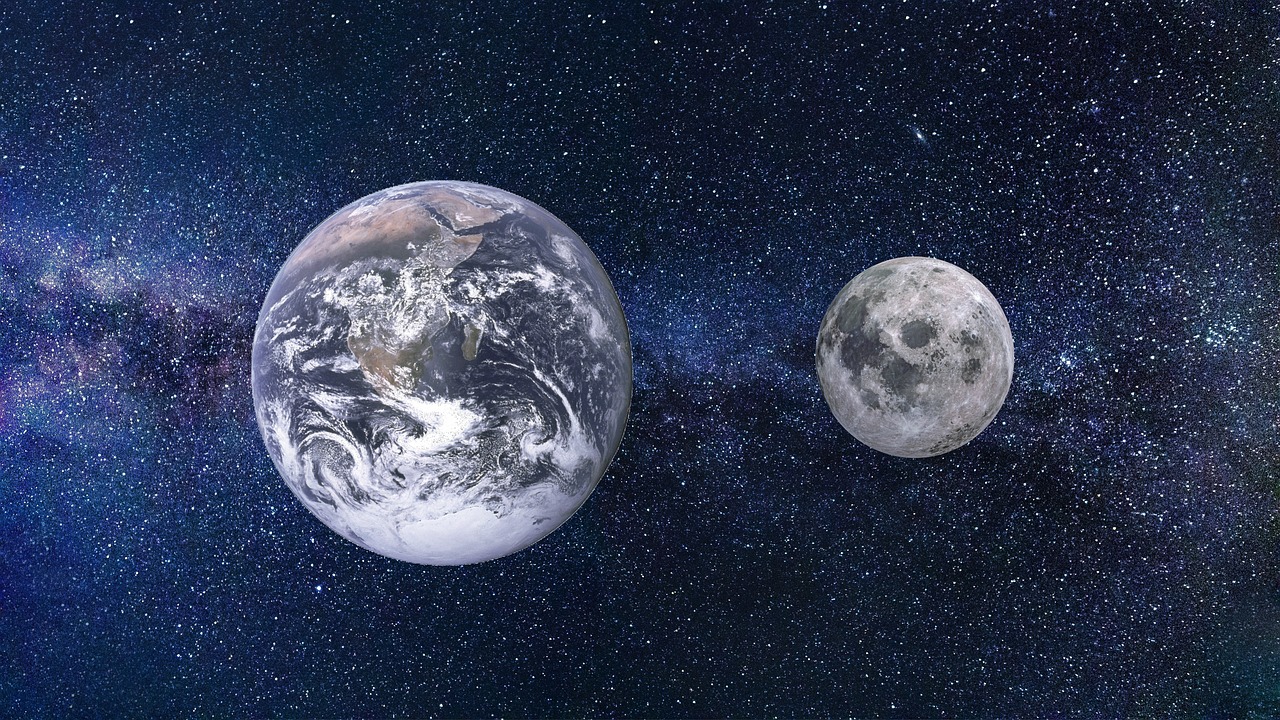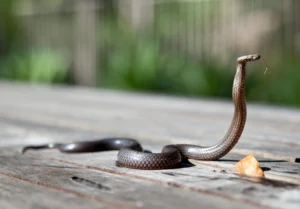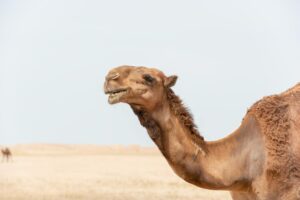Scientists are planning to send animals to the moon!

Scientists have devised an ambitious plan to create a basement on the moon filled with preserved samples of the most vulnerable creatures on our planet.
According to an international panel of experts, threats from climate change and habitat loss have exceeded our ability to protect species in their natural habitat, requiring urgent action. The facility can be used to promote genetic diversity in small groups of endangered species or to replicate and create new organisms in the worst-case extinction scenario.
This may be a way to maintain a long-term record of animals that we may lose on Earth, as suggested by scientists. They will be “refrigerated” to keep them in usable condition.
Indeed, the establishment of a repository to protect biological samples from disasters is not a new idea, as the Svalbard Global Seed cellar on a remote island in Norway in the Arctic provides frozen seed storage to ensure the re-establishment of important food crops if eliminated by disease or drought. However, recent floods as a result of high temperatures have proved that even Svalbard’s basement is not immune to the effects of climate collapse.
Therefore, scientists led by Mary Hagidronen of the Smithsonian National Institute of Zoo and Biology have been thinking about a plan for a storage facility built on the Moon.
It would be useful to have them in areas close to the moon poles, which remain permanently in the shade, where temperatures are less than -196 degrees Celsius, making the plant function like a refrigerator.
Scientists suggest that this would allow the long-term storage of biological samples.
Maintaining samples on the Moon also means that there will be no need for human intervention, or for an ongoing source of energy to keep the storage facility cold, which is the most significant threat against any similar repository on Earth.
Moreover, the facility would be safe from other risks, such as natural disasters, climate change, and geopolitical conflicts.
Initially, the plant can be used to preserve samples of animal skin containing fibrous cells.
The team has already begun to plan how this will be done with samples of a starry goby that will be used as a test.
Scientists point out that there are many challenges that may hinder their plan, including safely transporting samples through space and to the Moon, preserving manure from radiation, and gathering countries and organizations around the world to build and then protect the facility.




